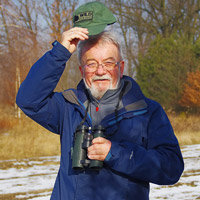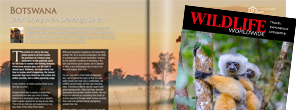After breakfast, we drive to Białowieża Forest, stopping on the way at the old town of Tykocin to look for red squirrel, stoat, weasel and Syrian woodpecker, before stopping for lunch. The villages we pass have fascinating wooden architecture with painted orthodox churches, and we make a stop at a bridge on the Narew River to look for otter and beaver.
Travelling further south towards Bialowieza, we stop at the old town of Tykocin to look for red squirrel, stoat, weasel and Syrian woodpecker, before stopping for lunch. The villages we pass have fascinating wooden architecture with painted orthodox churches, and we make a stop at a bridge on the Narew River to look for otter and beaver.
After dinner, we take an evening drive to look for Eurasian lynx, and the three packs of wolves which are known to live in the forest.
The next following days are spent exploring the Białowieża Forest, the last primeval lowland forest in Europe, consisting of oak, lime, ash and spruce, and one of the largest areas of virgin woodland on the continent. The forest is probably most famous for its reintroduced herd of European bison and we hope to see some of these huge and surprisingly elusive beasts during our stay. A range of other mammals includes red and roe deer, wild boar, pine marten, stoat and weasel.
After lunch, we return to the forest to look for woodland bird species including hazel grouse, three-toed, white-backed, middle-spotted, lesser-spotted, black and grey-headed woodpeckers, spotted nutcracker and hawfinch. Small flocks of yellowhammer, tree sparrow, crossbill, nuthatch, treecreeper and long-tailed, crested, willow and marsh tits are also visible here, closely watched by their elusive predator – the sparrowhawk.
At dusk each evening, our attention turns to owl species, and we have the chance to see both Tengmalm’s and pygmy.
Accommodation: Wejmutka Manor Hotel, 3-nights




























